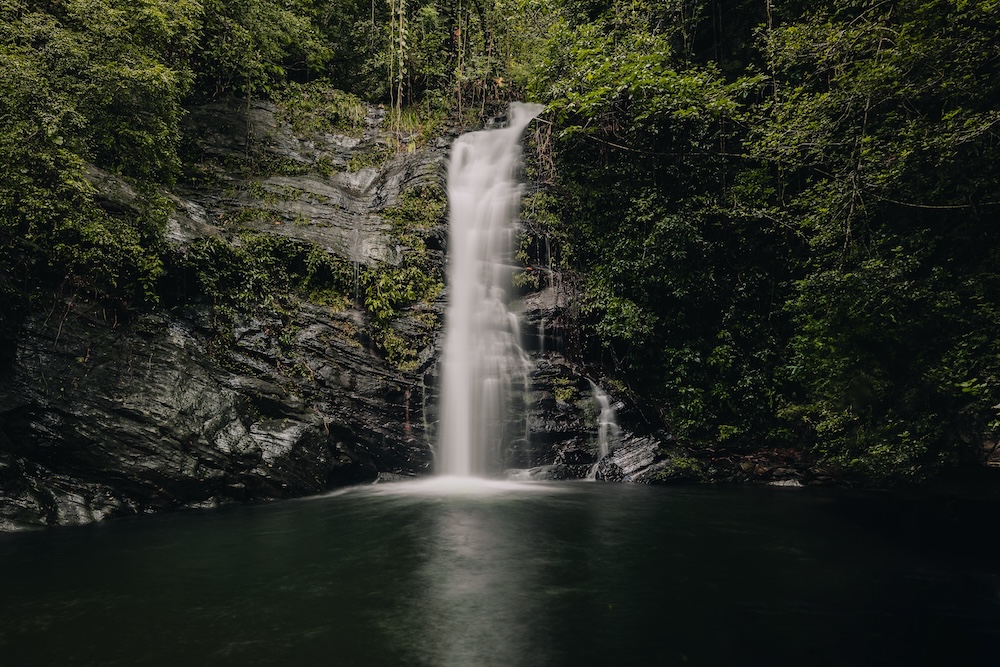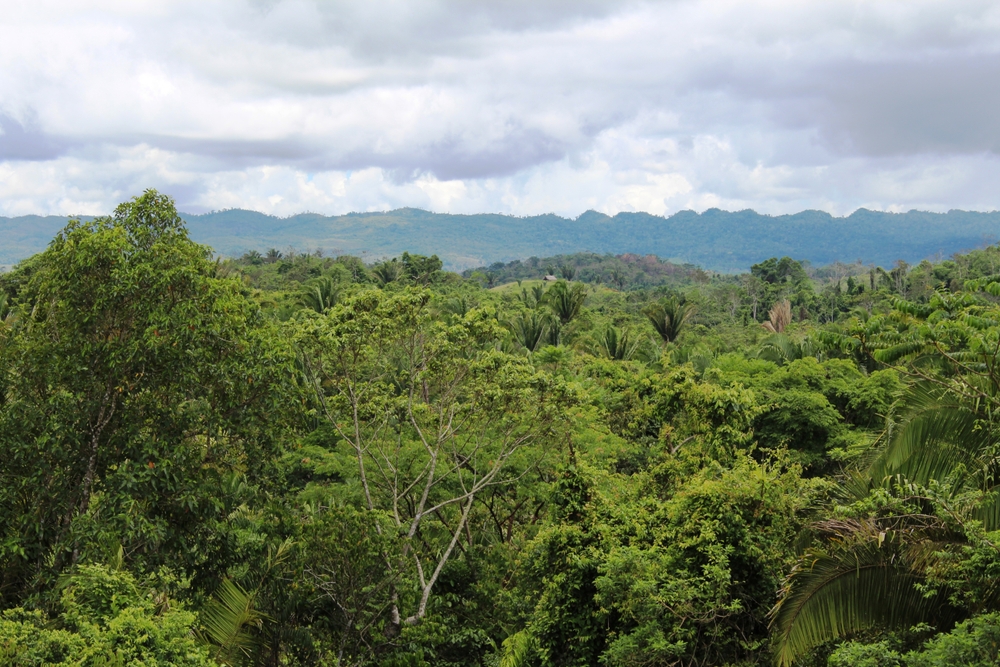In a landmark environmental agreement, Mexico, Guatemala, and Belize have joined forces to establish one of the largest protected areas in the Western Hemisphere. The creation of the Great Maya Forest Biocultural Corridor represents not just a victory for environmental protection but also a rare example of successful international cooperation in a region often marked by competing interests and political tensions.
On August 15, 2025, three heads of state met in the rainforest of Calakmul, Mexico. Mexican President Claudia Sheinbaum, Guatemalan President Bernardo Arévalo, and Belizean Prime Minister Johnny Briceño gathered to sign what is now known as the Calakmul Declaration, establishing a tri-national protected area spanning approximately 5.7 million hectares of tropical rainforest. The setting itself was symbolic—deep within one of the ecosystems they pledged to protect.
“This is one of Earth’s lungs, a living space for thousands of species with an invaluable cultural legacy that we should preserve with our eyes on the future,” President Sheinbaum declared during the summit. The agreement permanently designates August 15 as the Day of the Great Maya Forest, cementing the date as an annual reminder of this historic commitment.

The Maya Forest stands as the largest tropical rainforest north of the Amazon, covering more than 35 million acres across the three nations. While significantly smaller than its South American counterpart—which stretches across 2.3 million square miles—the Maya Forest rivals the Amazon in biodiversity within its more compact territory. Scientists estimate the ecosystem supports approximately 7,000 species, with roughly 200 facing extinction risks.
The newly established biocultural corridor encompasses 50 existing protected areas: 27 in Guatemala, 12 in Mexico, and 11 in Belize. These include such jewels as Mexico’s Calakmul Biosphere Reserve, Guatemala’s Mirador-Río Azul National Park, and multiple reserves across Belize. Together, they form a mosaic of ecosystems ranging from lowland tropical rainforests to highland forests and coastal mangroves, creating vital corridors for wildlife movement across international borders.
Among the forest’s most iconic inhabitants are jaguars, which maintain one of their healthiest Central American populations within these protected zones. The region also shelters Central American spider monkeys, Baird’s tapirs, scarlet macaws, and the resplendent quetzal—species that depend on connected habitats spanning all three countries for their survival.
In addition, the Calakmul Declaration formally acknowledges indigenous Maya and Afro-descendant communities as “guardians of nature,” incorporating traditional knowledge into conservation planning. This recognition addresses a critical lesson learned from decades of conservation work: protecting ecosystems requires supporting the people who live within them.

Belizean Prime Minister Briceño emphasized this cultural dimension, stating that the agreement honors “the legacy of the civilization that once flourished in these territories,” demonstrating how political borders can unite rather than divide efforts to preserve both natural and cultural heritage.
Guatemala’s experience with community forest concessions offers a powerful model for the broader initiative. In the late 1990s, the Guatemalan government granted 25-year concessions to local communities covering approximately 400,000 hectares of the Maya Biosphere Reserve. These Community Forest Enterprises practice sustainable extraction of timber and non-timber products like chicle, xate palm, and allspice, all certified under Forest Stewardship Council standards. Areas under community management show deforestation rates near zero—just 0.4 percent—while maintaining 70 percent of their original conservation state. By contrast, other parts of the reserve have lost more than 10,000 hectares annually over the past decade to illegal cattle ranching, logging, and agricultural encroachment. The community concessions have delivered benefits beyond conservation. Child malnutrition has decreased, school attendance has increased, and poverty rates in concession areas fall below Guatemala’s national average. Wildlife populations have thrived as well, with jaguar densities reaching between 1.5 and 11.28 per 100 square kilometers—the highest recorded in the country.


